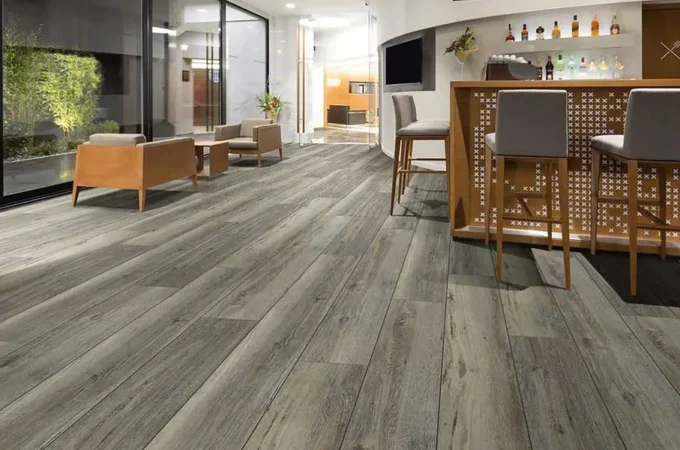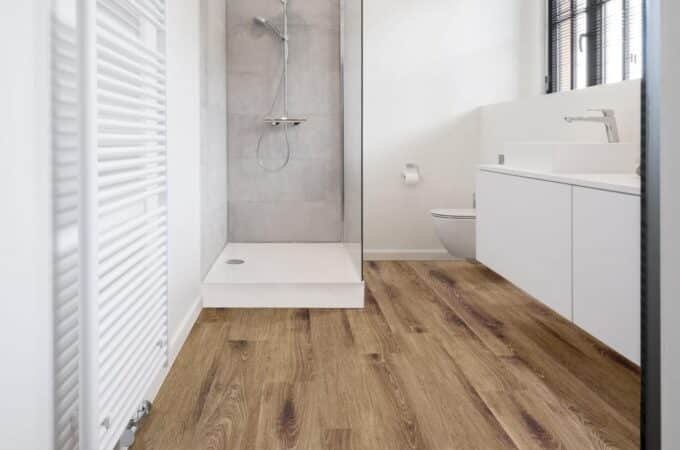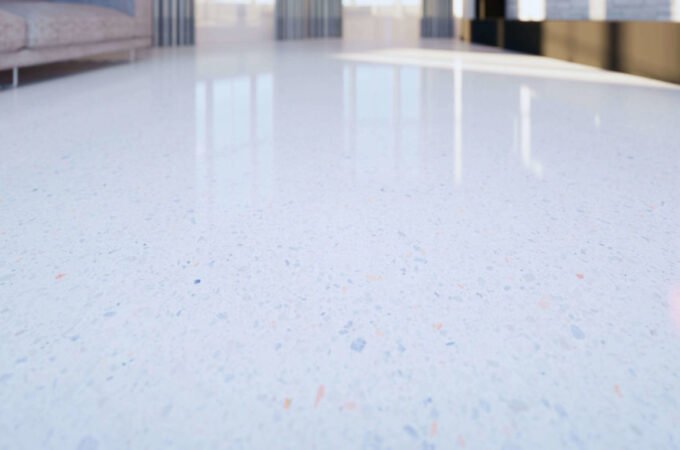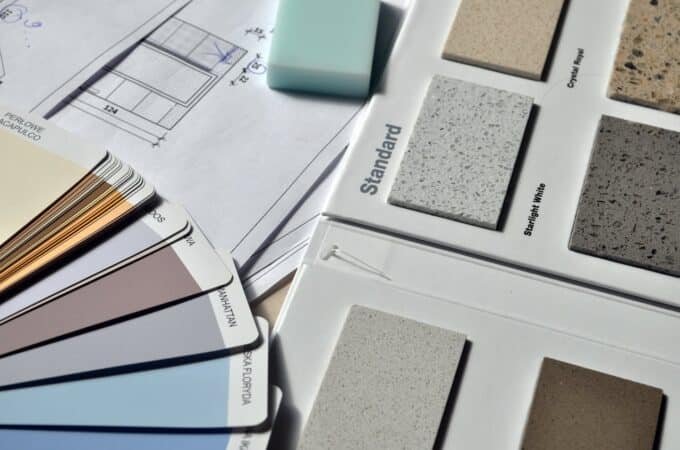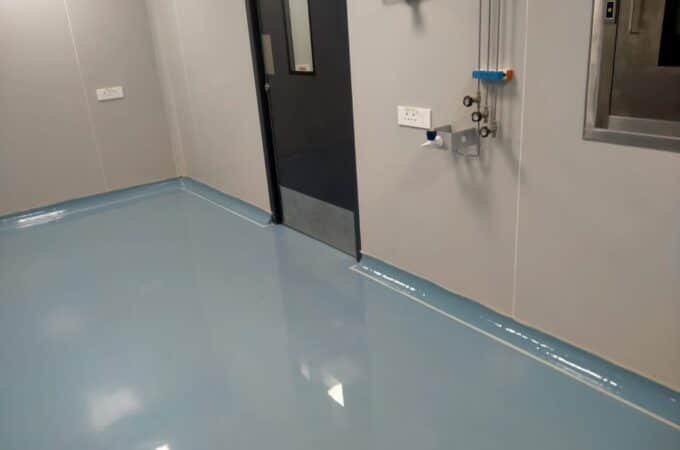
7 Ways To Keep Your Office Floors Shiny Clean
Keeping commercial office floors clean is essential not just for aesthetics but also for health and safety reasons. Dust, dirt, debris, and stains can damage flooring over time and create an unhygienic workplace environment prone to slips and falls. Regular and proper cleaning ensures floors last longer while presenting a polished look fitting for client-facing spaces. Here are some effective techniques to maintain shiny, spotless office floors.
Table of Contents
Toggle1. Daily Vacuuming And Sweeping
Removing loose dirt, dust, and particles should be the first step of any daily floor cleaning routine. Vacuuming hard floor surfaces like wood, laminate, vinyl or tiles removes embedded grime that would otherwise grind into the flooring over time. Meanwhile, sweeping uncovered areas prevents dirt build-up. Opt for vacuums with beater bars or suction tools suitable for different floor types. Go over the entire floor area paying attention to corners and edges.
2. Regular Mopping
Beyond just vacuuming, mopping allows a deeper clean by removing stuck-on dirt and stains. For hard flooring, use a microfiber or soft cotton mop head slightly dampened with a pH-neutral floor cleaner. The wrong cleaner chemicals can damage certain flooring over time. Wring out excess water before mopping in straight lines overlapping each pass. Rinse the mop frequently. Soft-bristled brooms work well for carpeted areas.
3. Periodic Scrubbing And Stripping
Monthly or bi-weekly scrubbing gives floors a more thorough disinfecting beneath surface dirt. Mix an alkaline-based floor cleaner in lukewarm water and use a rotary scrubbing machine or swing machine fitted with a brush or pad. Go over the entire floor with overlapping passes, scrubbing any stuck-on grime before picking up the dirty solution with a wet vacuum. Stripping once every few months involving a stronger cleaner entirely removes old build-up and waxes for a completely fresh surface.
4. Select Appropriate Flooring
The type of material used in flooring for office impact how easily it can be cleaned as well as its longevity. Smooth, non-porous surfaces like tile, stone, and laminate are hygienic and withstand regular damp mopping and stripping. Carpets may retain more embedded dirt and are harder to thoroughly sanitize, making them less suitable for high-traffic office areas prone to spills and stains.
5. Stain Removal
Act quickly to spot and clean any fresh spills or stains to prevent longer termsetting. Blot up liquids with paper towels and use the appropriate stain remover chemical matching the stain type for the flooring material. Goo Gone works great on adhesives while baking soda paste helps with grease and food stains. Consult manuals for approved chemical cleaners safe for different floor surfaces to avoid damage. Consult professionals for stubborn set-in stains.
6. Daily Upkeep And Protection
After mopping, allow floors to fully air dry to prevent slips. Apply floor mats or runners at building entrances to wipe shoes dry. Use protective chair pads under desk chairs and equip rolling devices with wide soft casters. Sweep up debris rather than rubbing it in. These daily maintenance practices keep floors looking new for longer between heavy cleaning cycles.
7. Apply Floor Finishes And Wax
Periodic application of floor finish or natural wax provides an extra protective shield and glossy shine to maintain hard surfaces. A 1-2 coats of water-based or acrylic floor finish every few months enhances floors while easier damp mopping. Beeswax builds up a natural patina on wood floors through monthly buffing. Well-maintained floors treated with appropriate finishes require less stripping maintenance over time.

